🎨 Machine-Driven Beauty: The 2025 AI Art Style Forecast
Inside the Visual Revolution: AI-Generated Aesthetics That Are Redefining Art
Tags: AI art styles, generative art, digital art trends, neural aesthetics, glitchcore, futuristic visuals, creative AI, surrealist AI
✨ Welcome to the Machine Aesthetic Era
AI-generated art is no longer about replicating the familiar—it’s about inventing the unimagined. In 2025, we’re witnessing the rise of entirely new artistic styles born from algorithms, neural networks, and multimodal prompts. These aren't imitations of human art movements—they're digital-native aesthetics that could only exist in the age of intelligent machines.
This year, artists across the globe are pushing AI tools to explore aesthetics rooted in emotion, abstraction, recursion, and surrealism. The question is no longer “Can AI make art?” It’s “What does machine beauty actually look like?”
Here are the five most influential AI art styles defining the creative frontier in 2025.
🌀 1. Organic Glitchcore
Digital Decay Meets Nature's Logic
"Glitchcore" isn’t new—but this is. In 2025, artists are training AI models to merge corrupted data patterns with nature’s geometry: coral reefs, honeycombs, mycelium, and even moss. The result is art that pulses with entropy and elegance.
Expect heavy use of chaotic color palettes, textured fractals, and visuals that feel halfway between decaying code and blooming biomes. It's especially popular in NFT ecosystems and interactive AV installations.
(Source: GinAngieLa.com)
🔮 2. Neuro-Surrealism
AI’s Take on Dreams and the Subconscious
Imagine if Freud had a neural net. “Neuro-surrealism” leverages the latent space of models like Midjourney and DALL·E to explore deeply symbolic, often haunting dream logic. The style blends familiar forms—human faces, urban landscapes—with impossible physics and mythological archetypes.
This style’s emotional potency makes it a favorite in galleries, digital showcases, and luxury AI art drops alike.
(Source: Artsy)
🌐 3. Linguistic Abstractism
Turning Language Into Visual Thought
Prompt engineering has become a poetic art form in itself. Artists are now using linguistically rich, metaphorical, or coded prompts to generate works that echo the structures of thought and grammar—creating swirls, loops, and symbolically abstract compositions.
This cerebral style thrives in conceptual exhibitions and hybrid AI literature/visual projects, where words aren’t illustrated but transmuted into visual logic.
(Source: Time)
⚙️ 4. Mechanomorphic Design
Art That Shows How AI Thinks
What does machine logic look like? This genre seeks to answer that question. Artists working in mechanomorphic design use recursive rendering, feedback structures, and patterning systems to produce visuals that mimic AI’s internal reasoning.
Think modular shapes, fractal tunnels, and self-similar forms—a visual language of thought itself. The style resonates with collectors interested in transparency, systems thinking, and AI's meta-awareness.
(Source: Wonderwall Studio)
🎭 5. Emotional Renderism
Feelings as Data, Art as Emotion
Perhaps the most human of these styles, emotional renderism uses AI trained on affective datasets: journals, biometrics, memory banks, even voice tone analysis. The art produced evokes emotional states—grief, joy, longing—not through symbols, but through composition, color, and texture.
This movement is growing fast in therapeutic and wellness circles, where digital art becomes an interface for emotional exploration and healing.
(Source: Wikipedia)
🧠 Why These Styles Matter
These aren’t just visual trends—they’re cultural signals. Each of these AI art styles reflects how we engage with emotion, logic, language, and the digital unknown. They also demonstrate a maturing relationship between artists and machines: one of co-creation, not control.
As AI becomes more embedded in creative processes, expect even stranger, deeper, and more expressive aesthetics to emerge. We're entering an era where style itself is no longer human—or machine—but something entirely in between.
📚 Resources
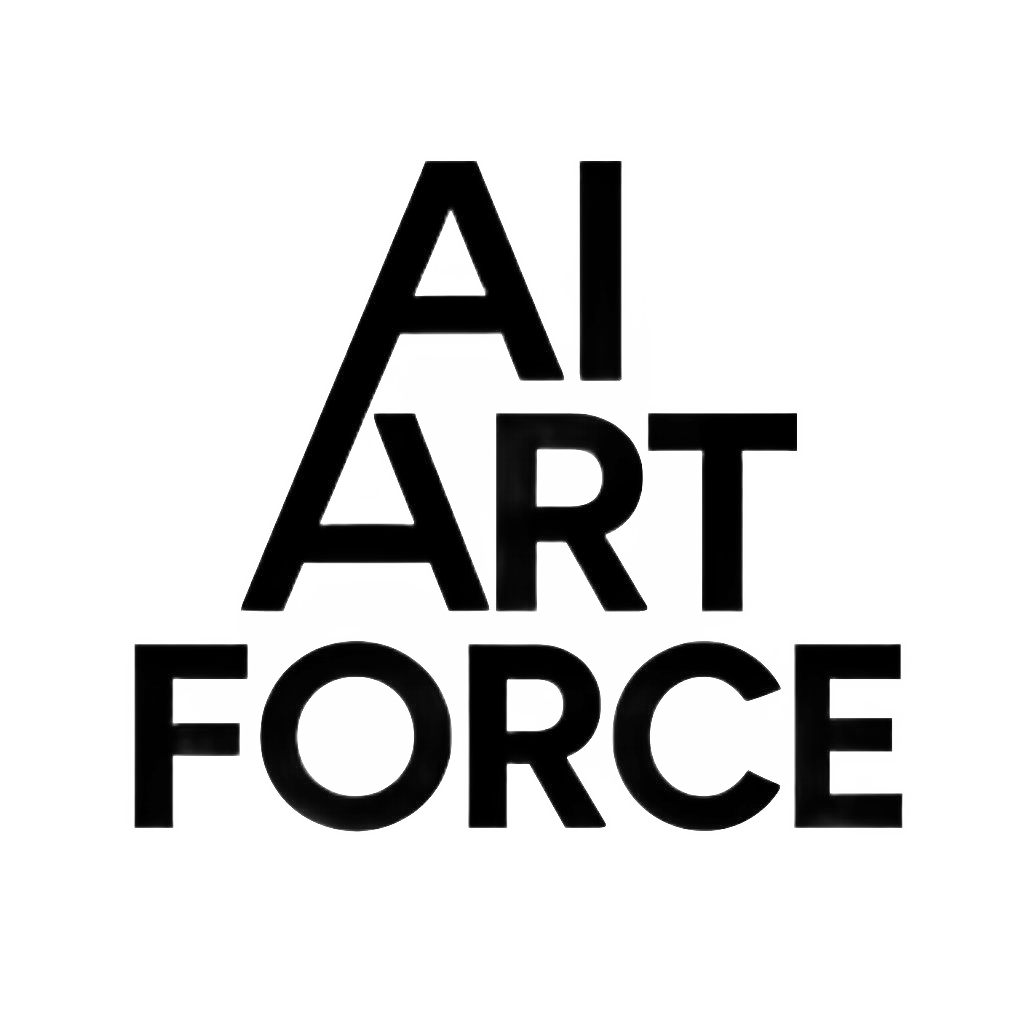
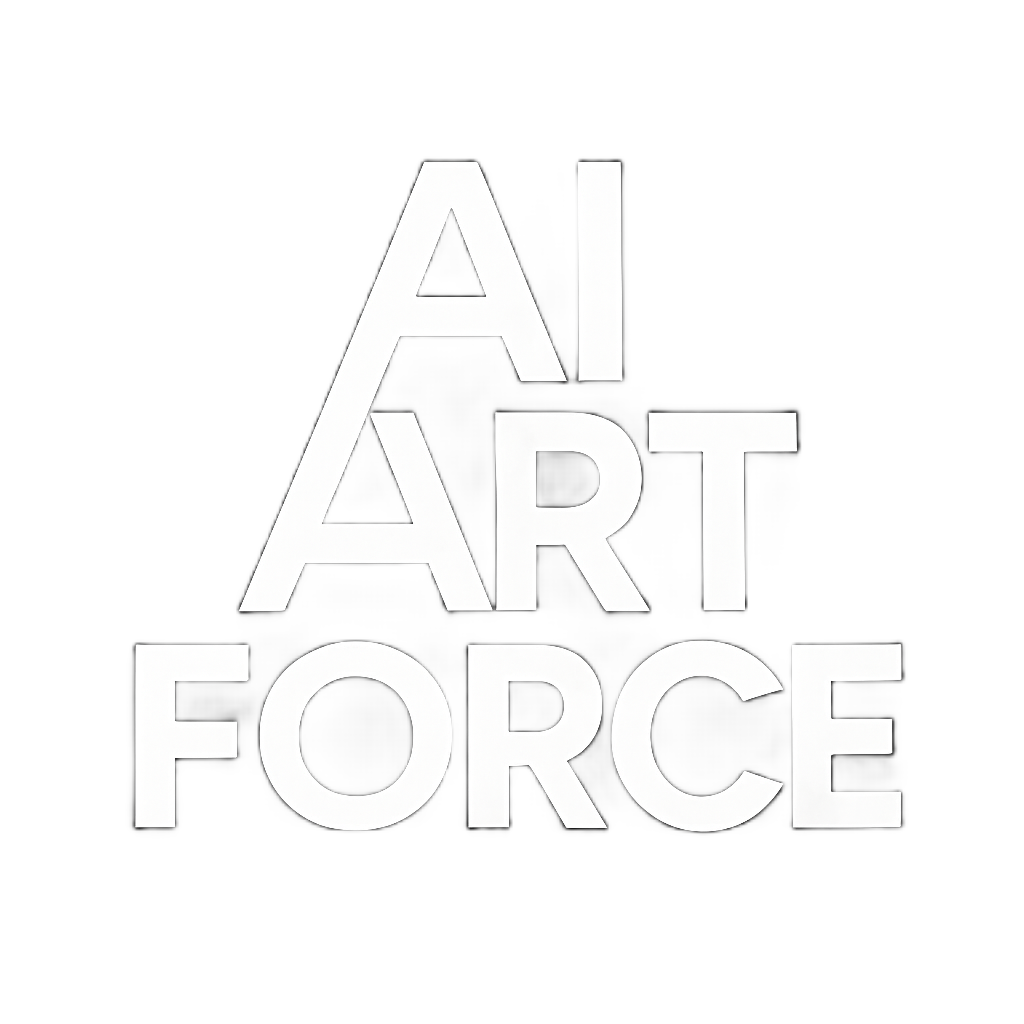
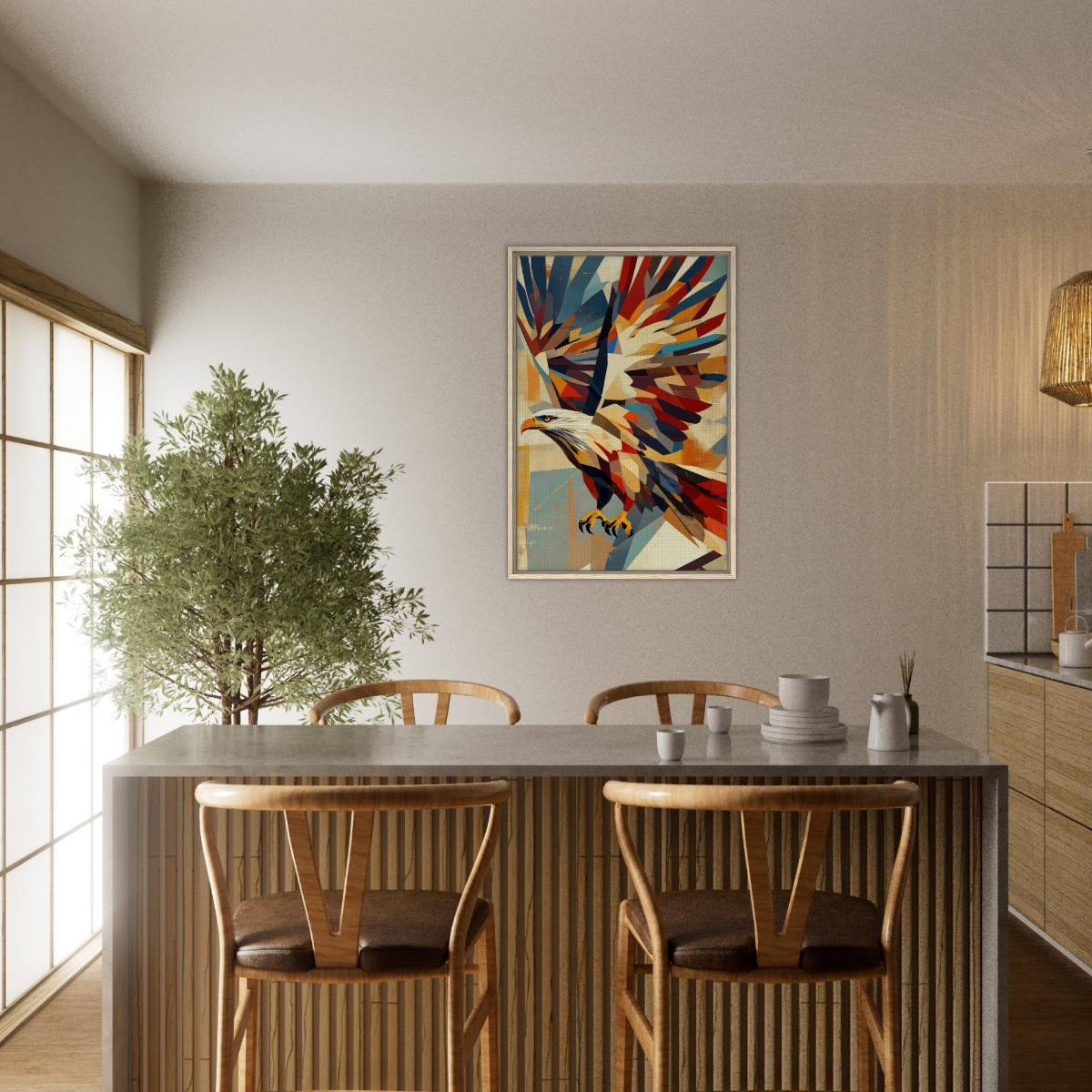
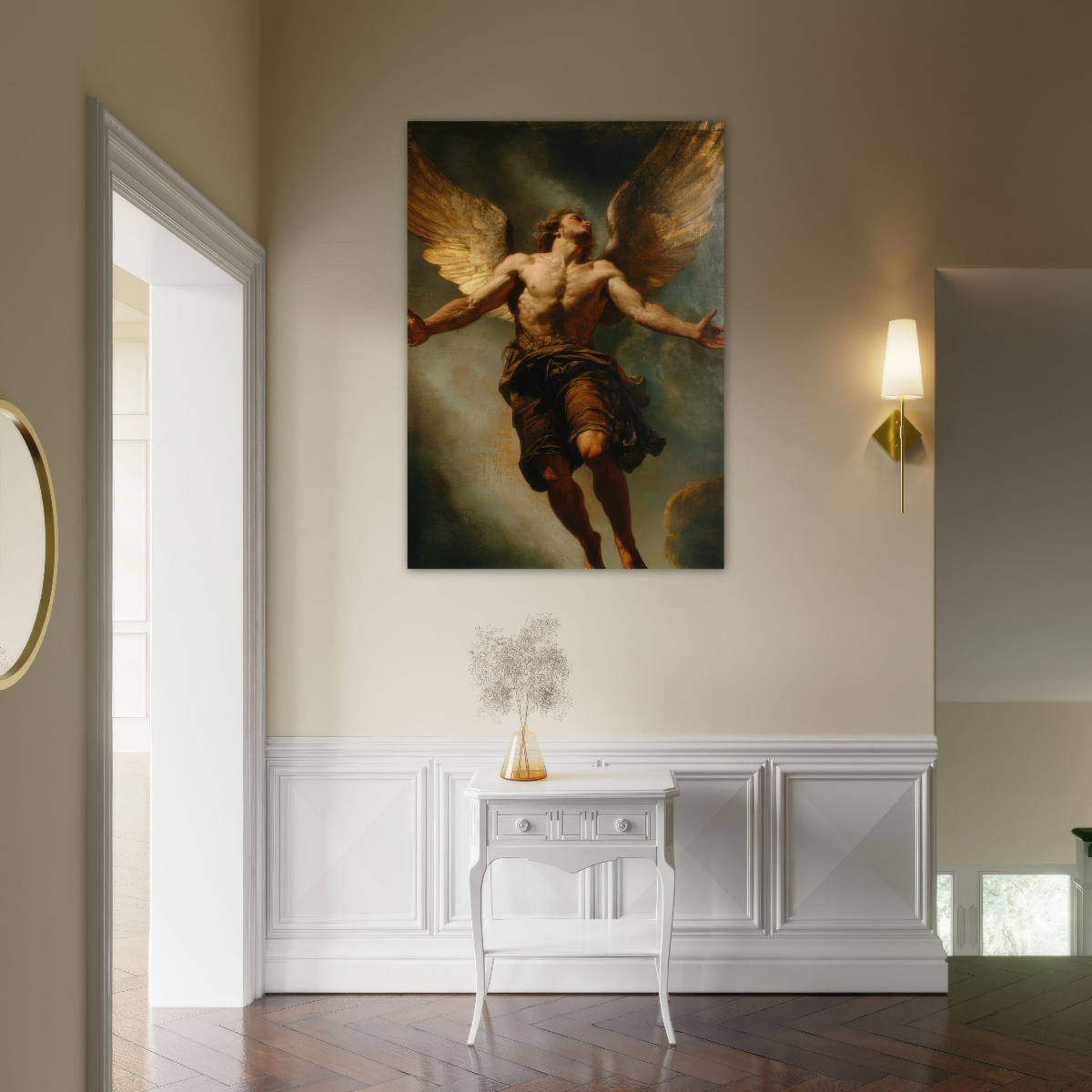
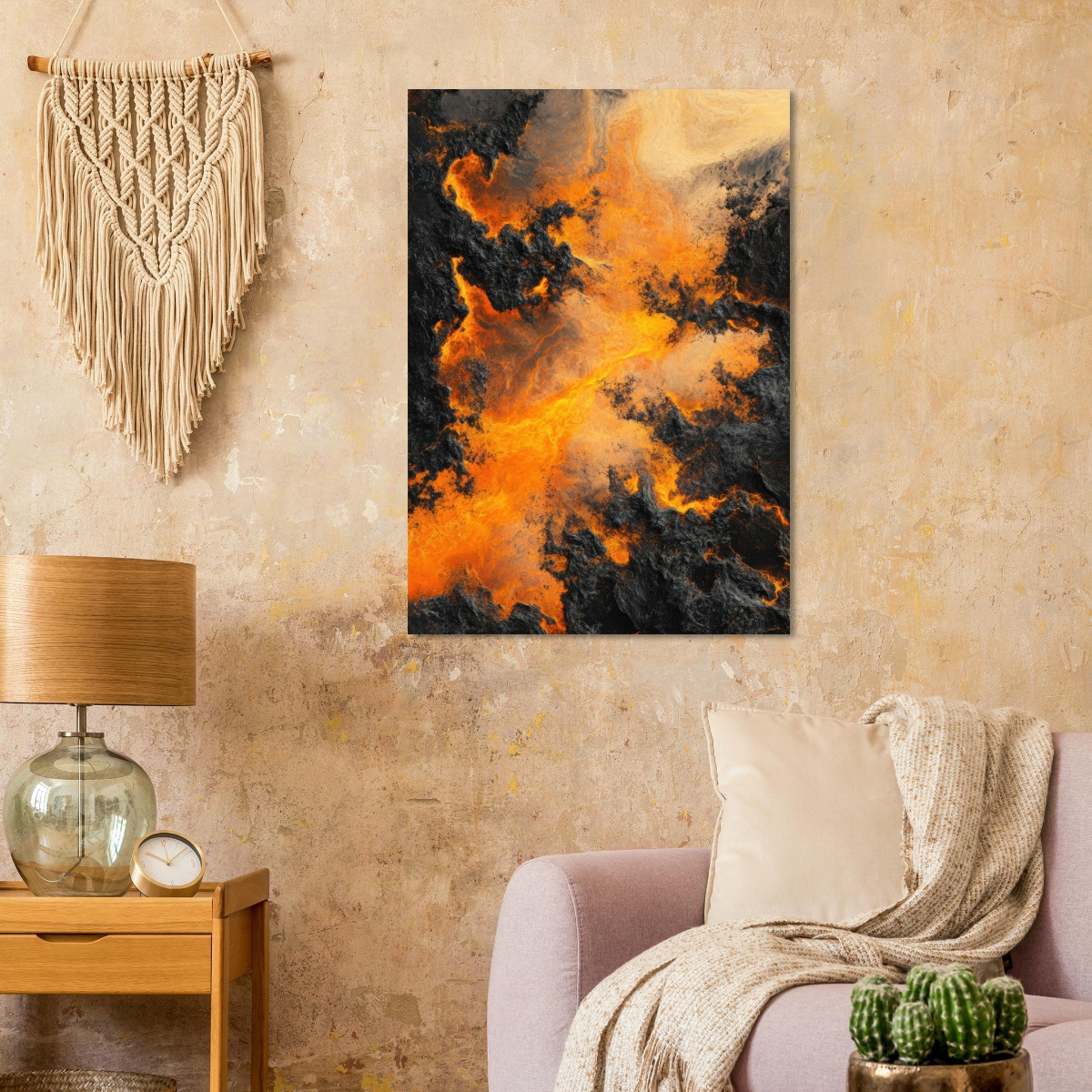
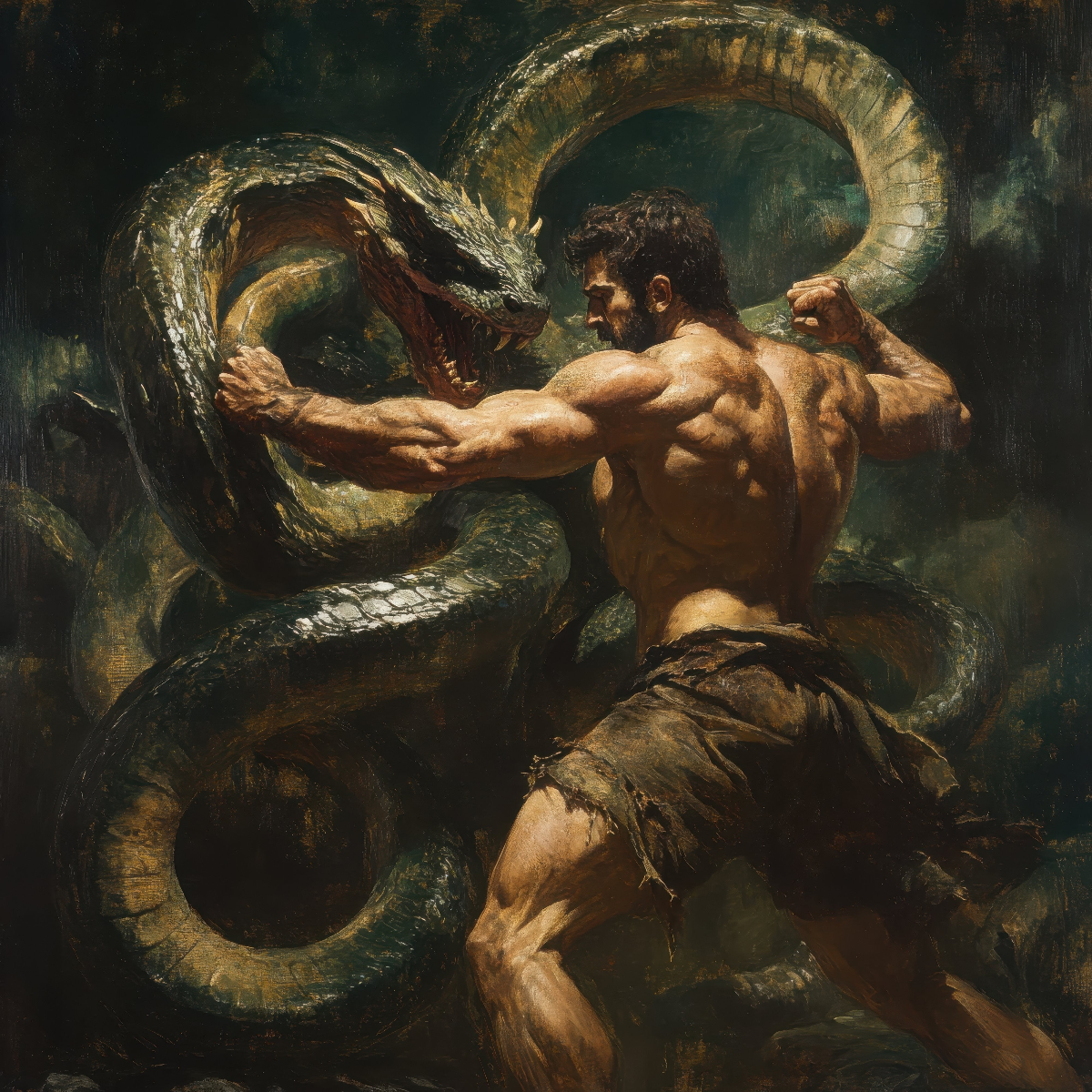
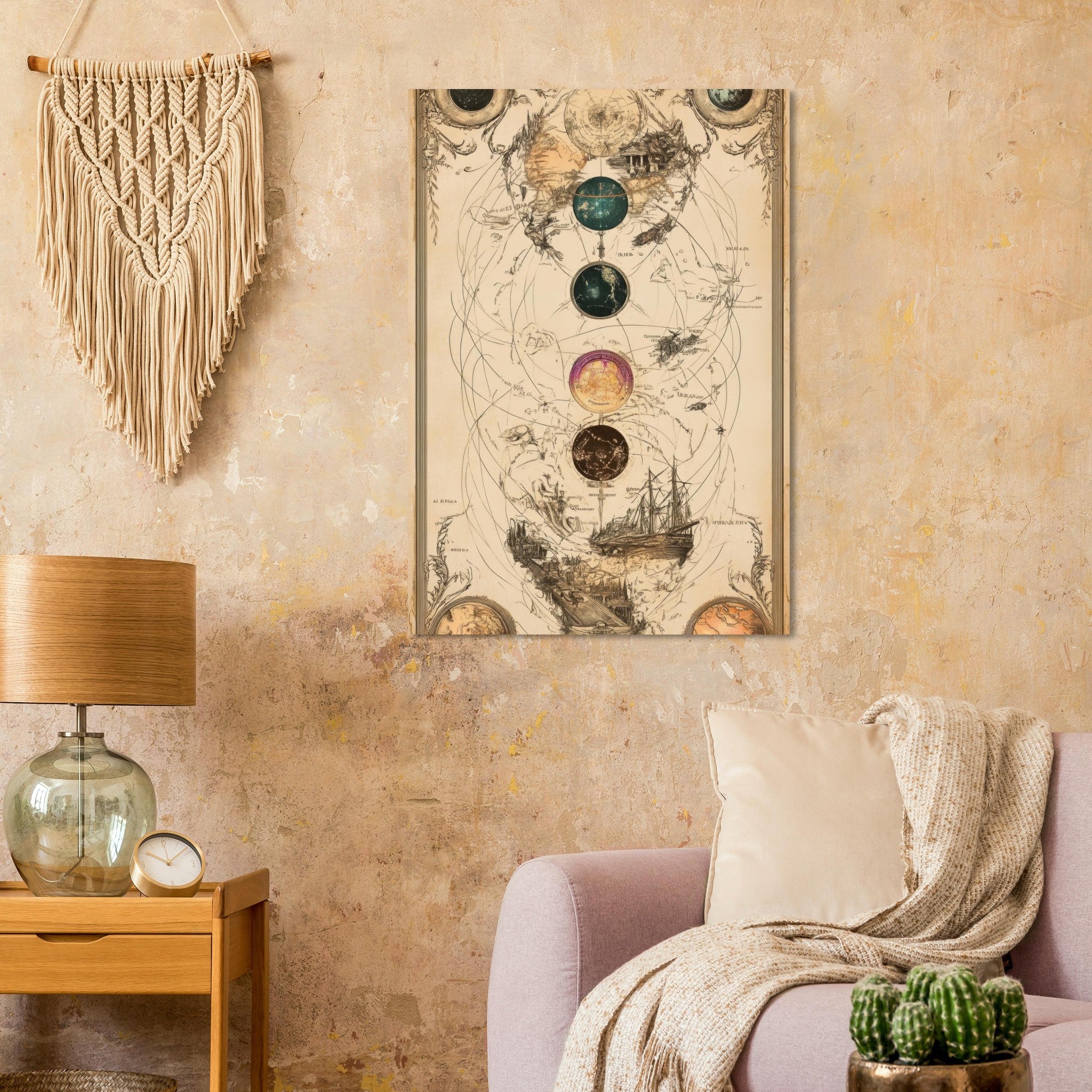
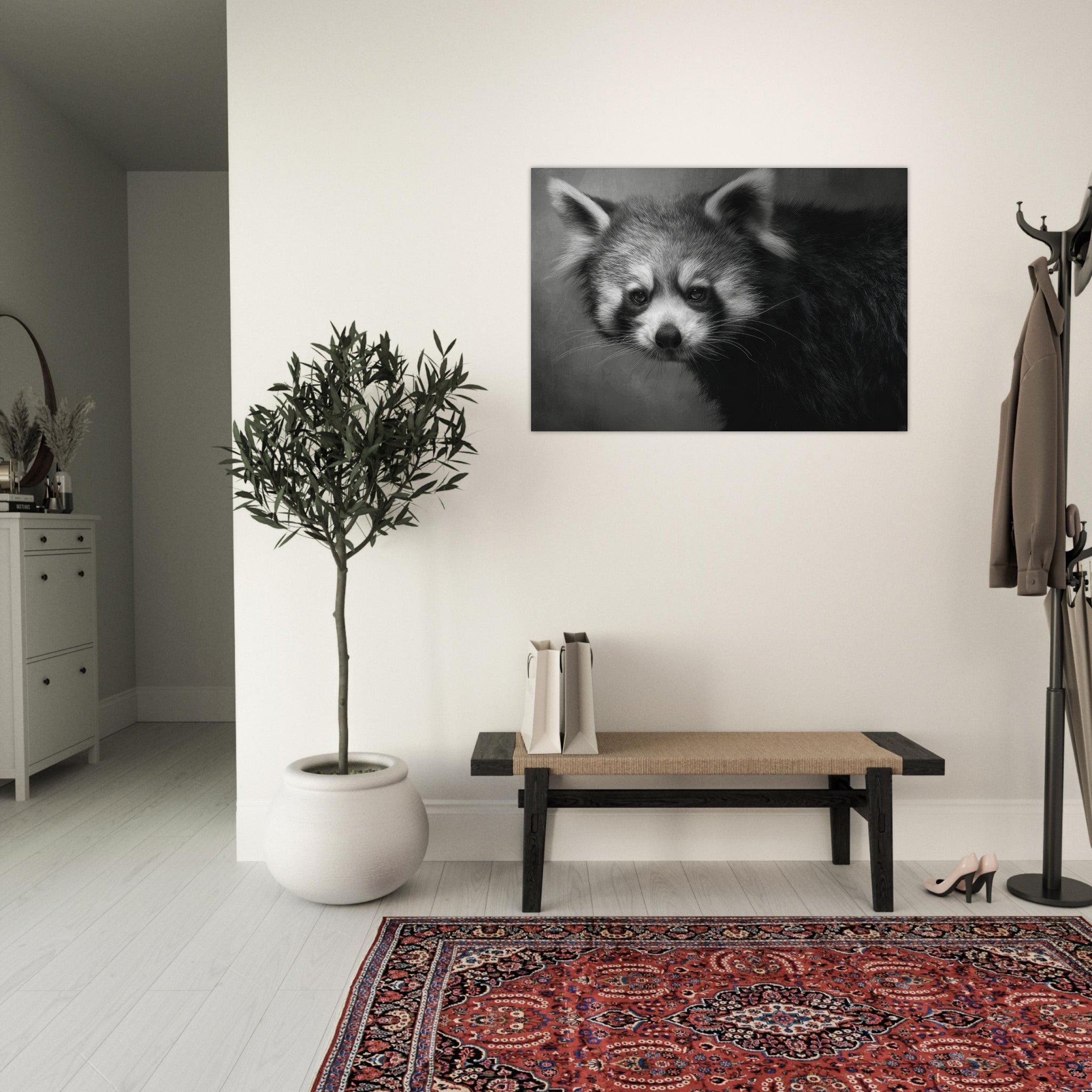
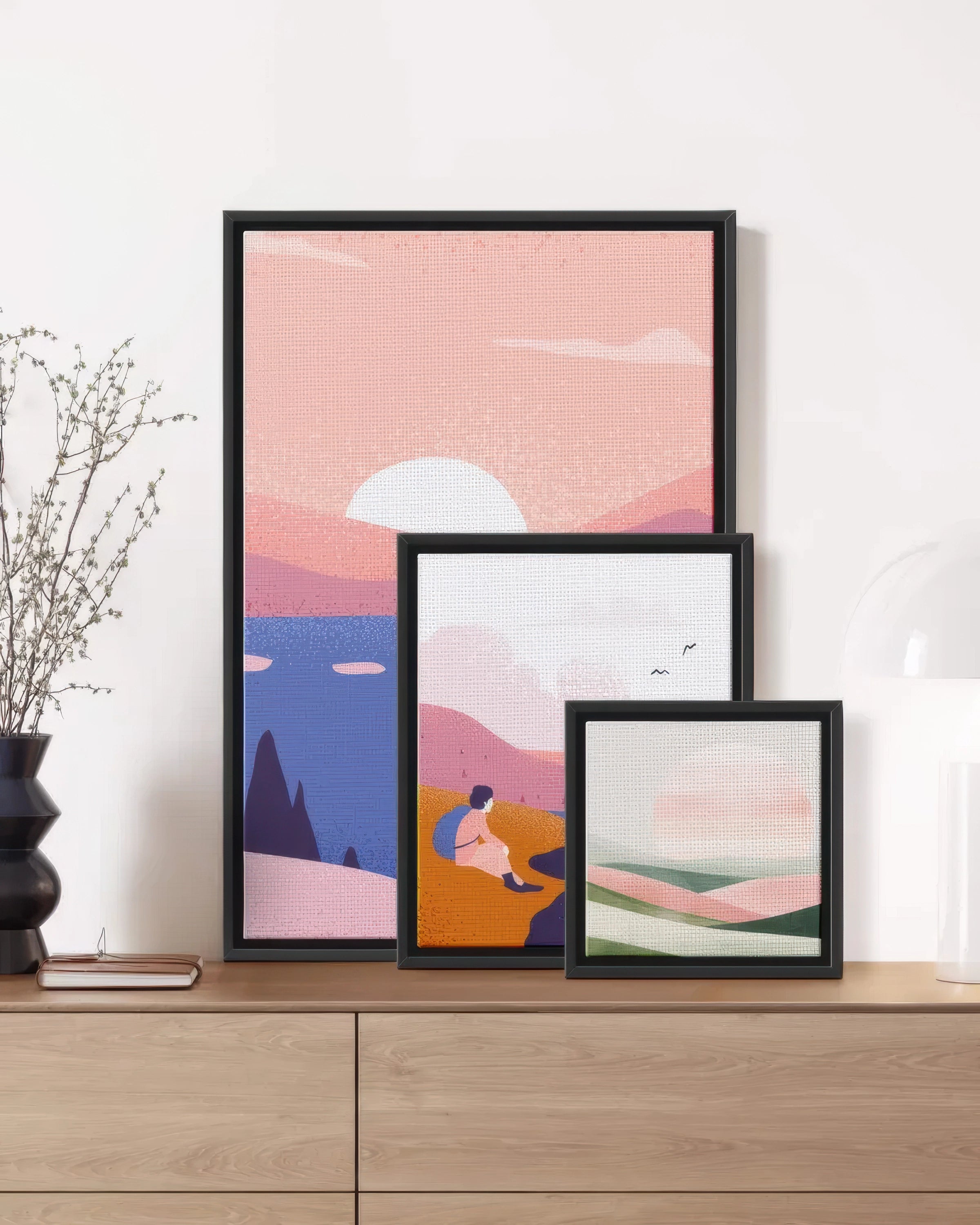
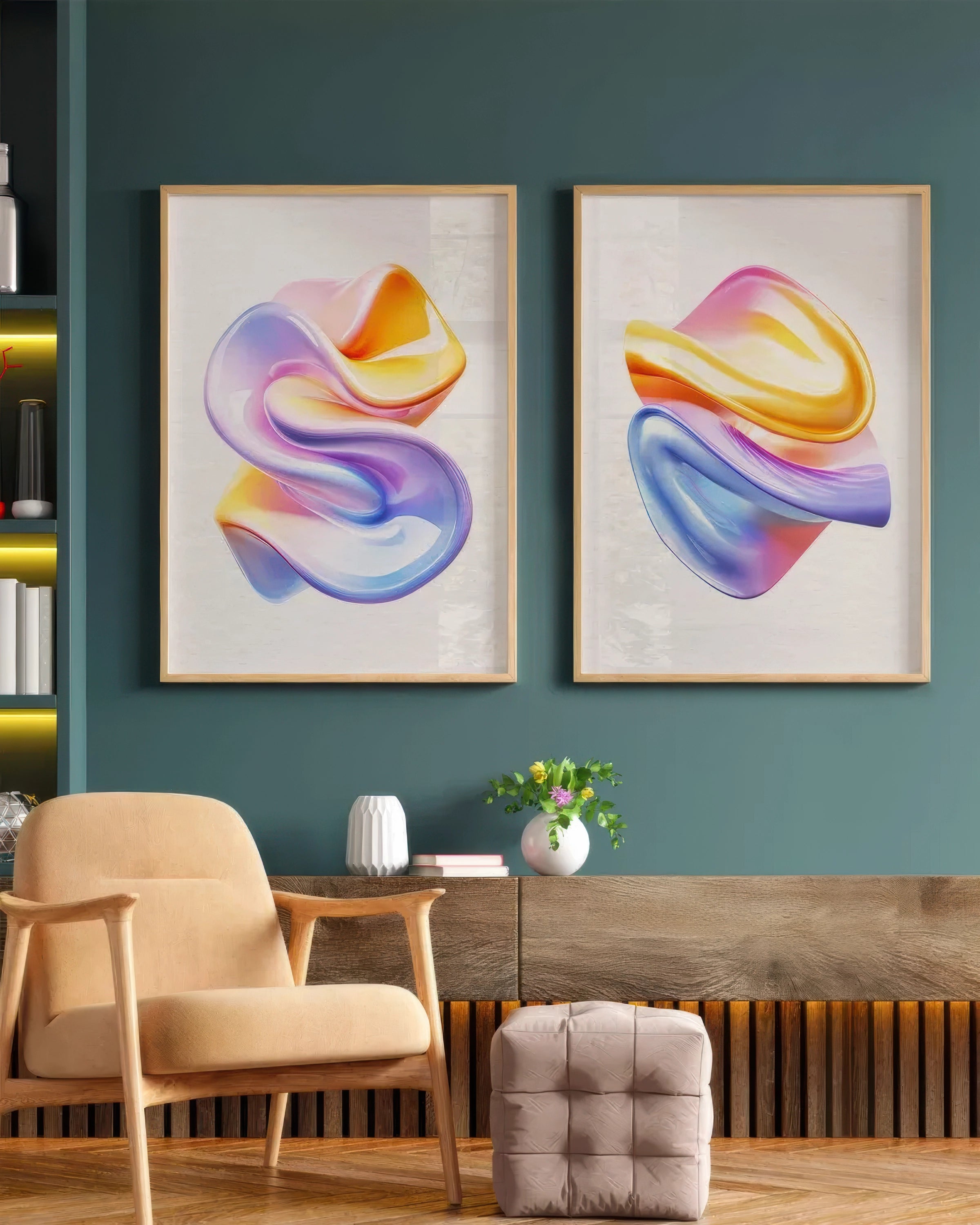
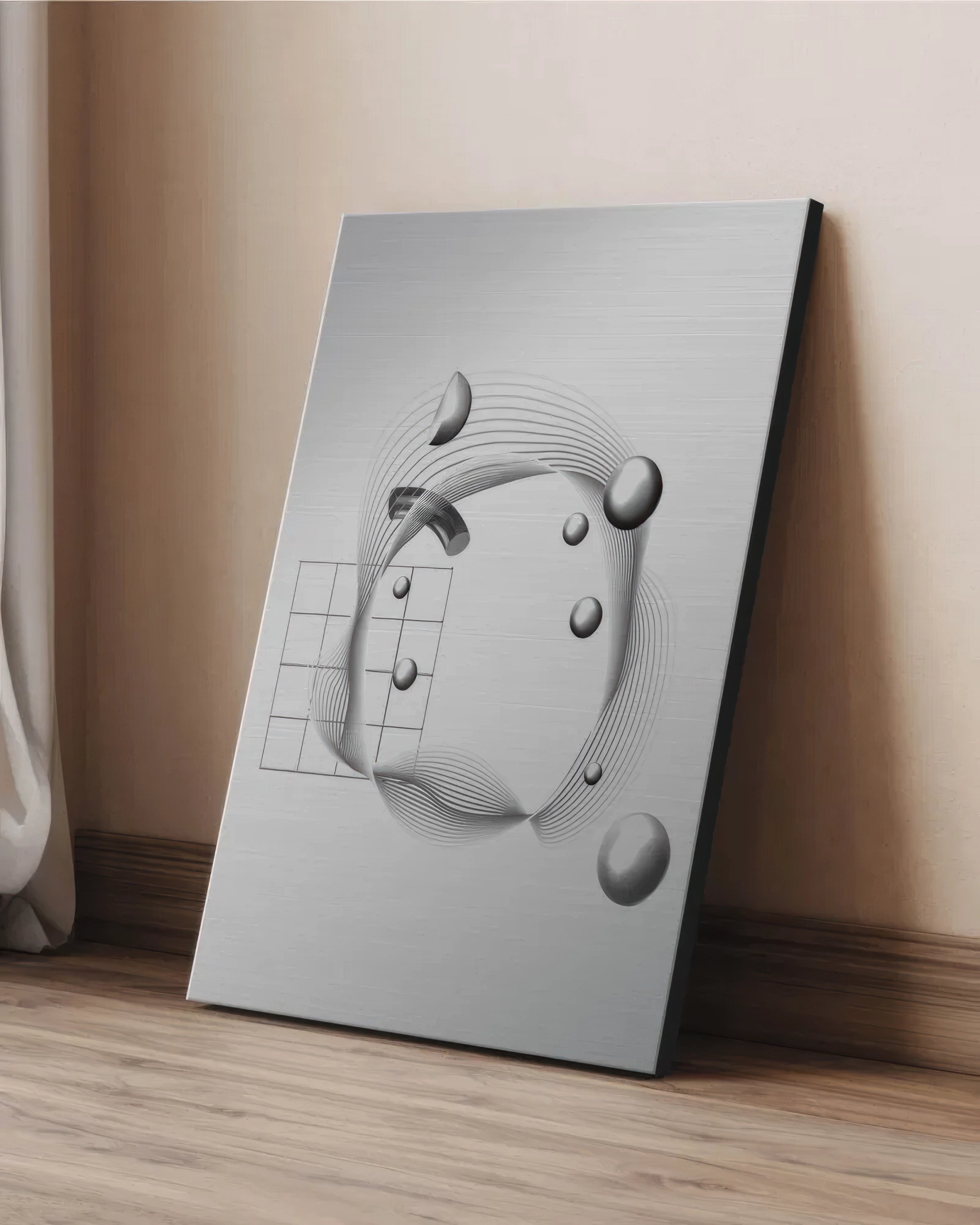
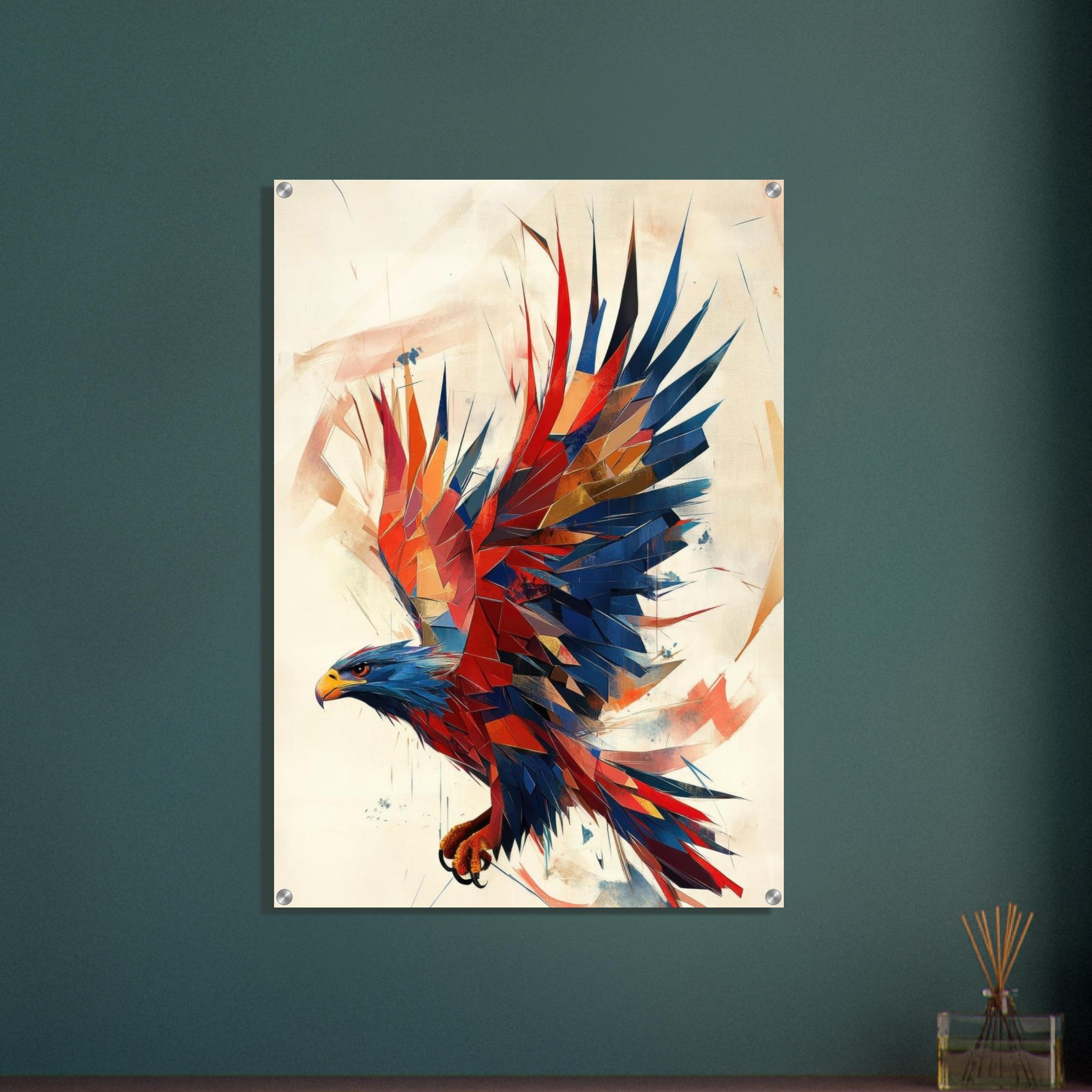
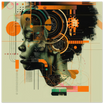
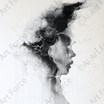
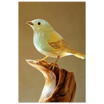
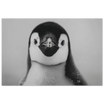
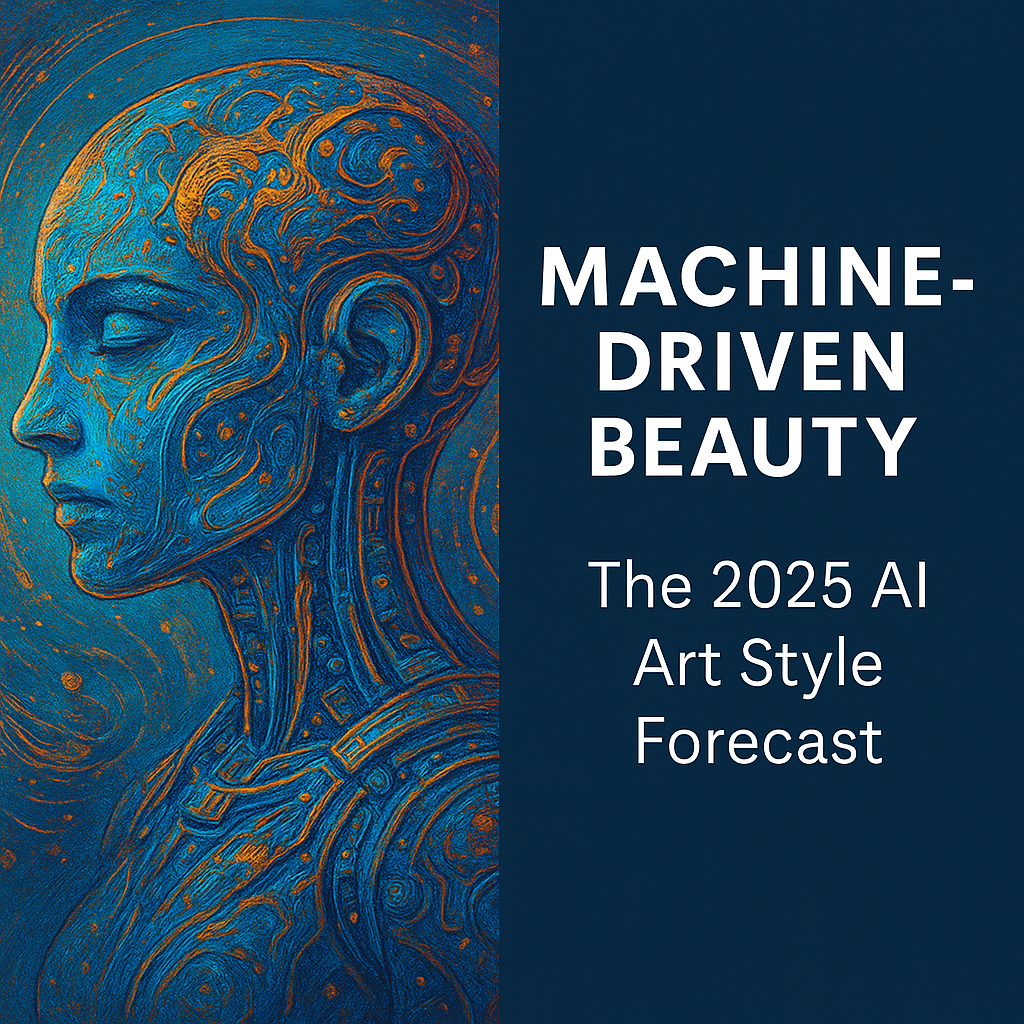
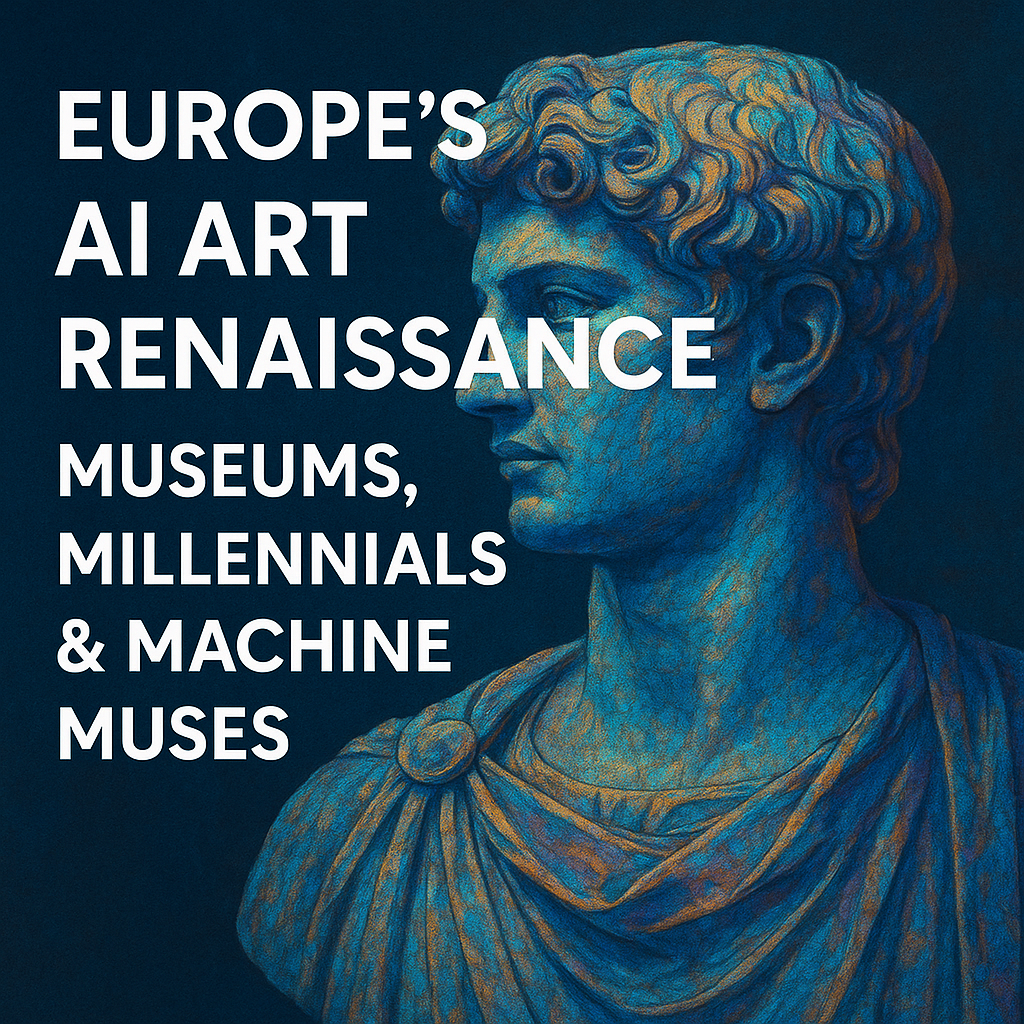
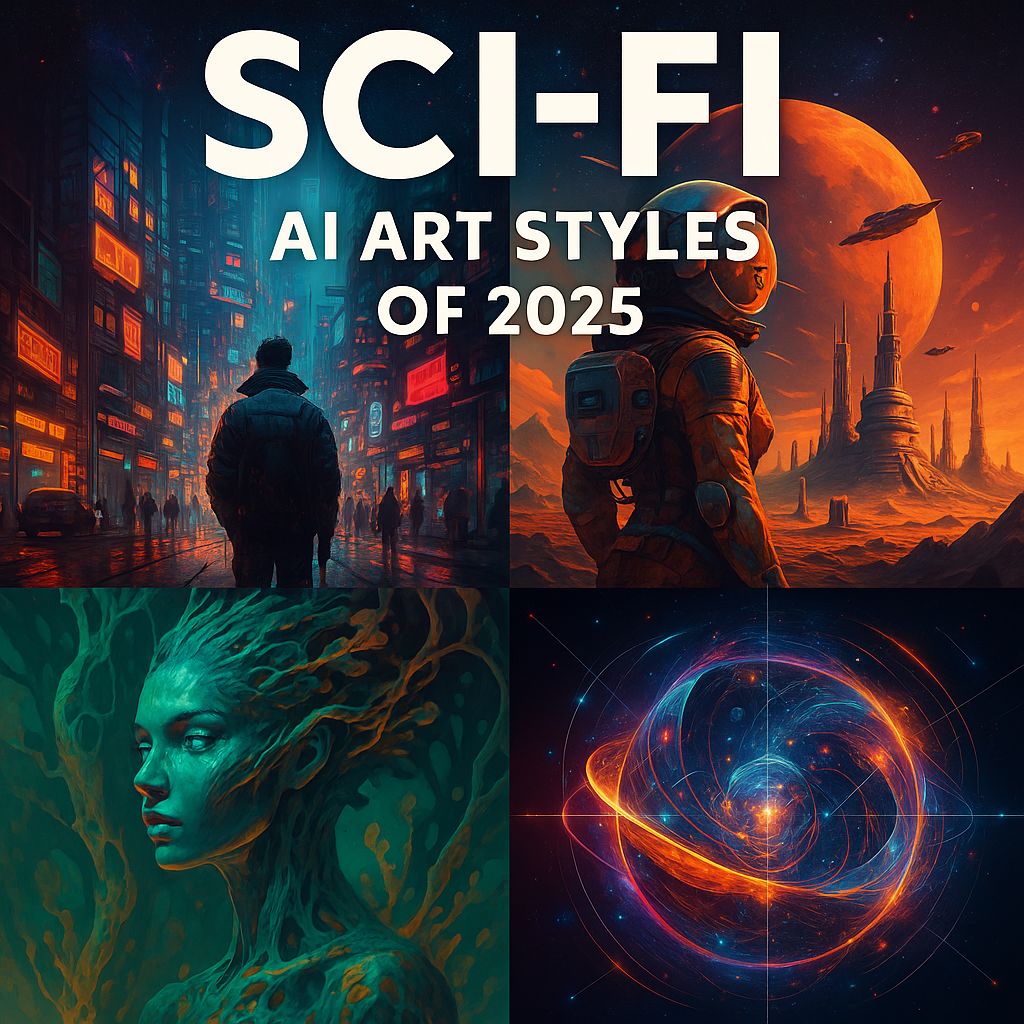
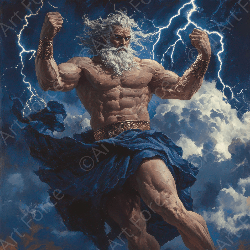
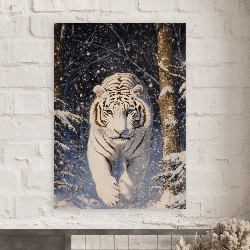
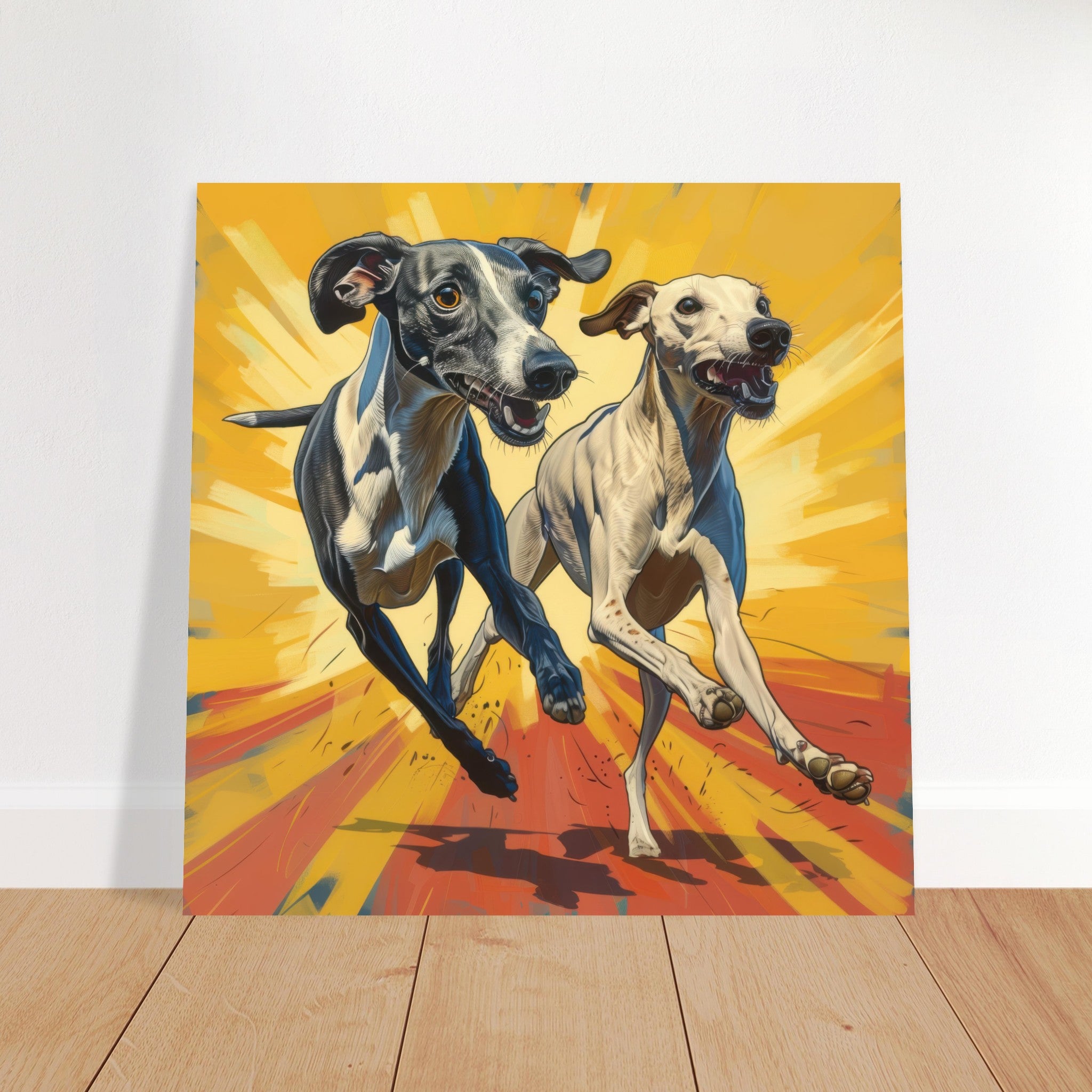
Leave a comment
This site is protected by hCaptcha and the hCaptcha Privacy Policy and Terms of Service apply.